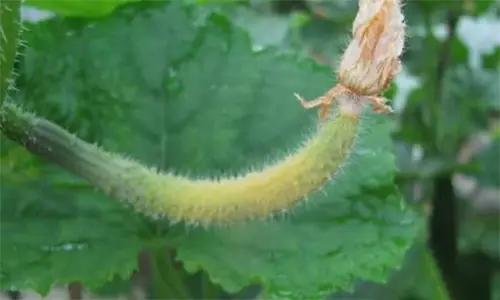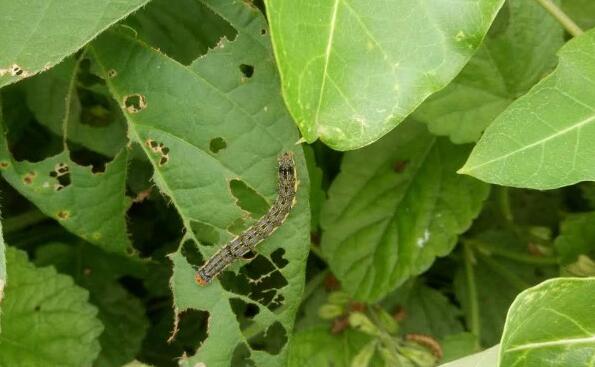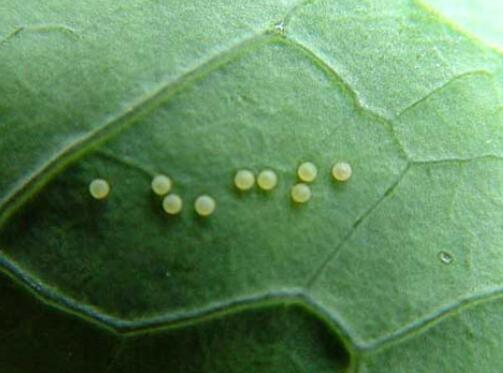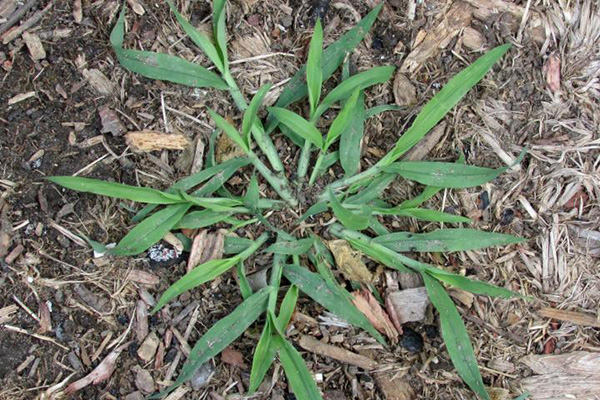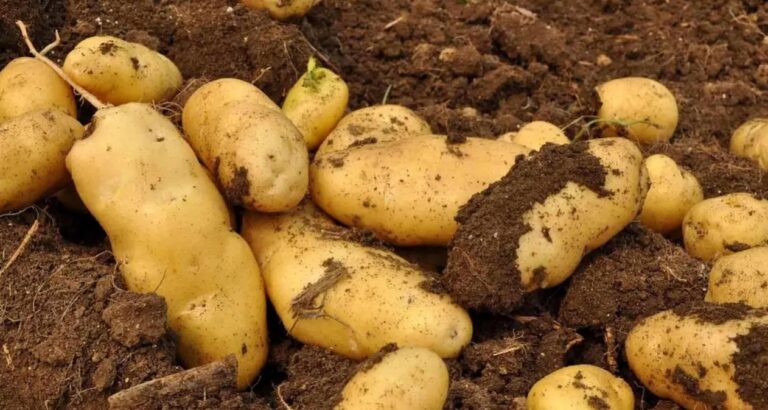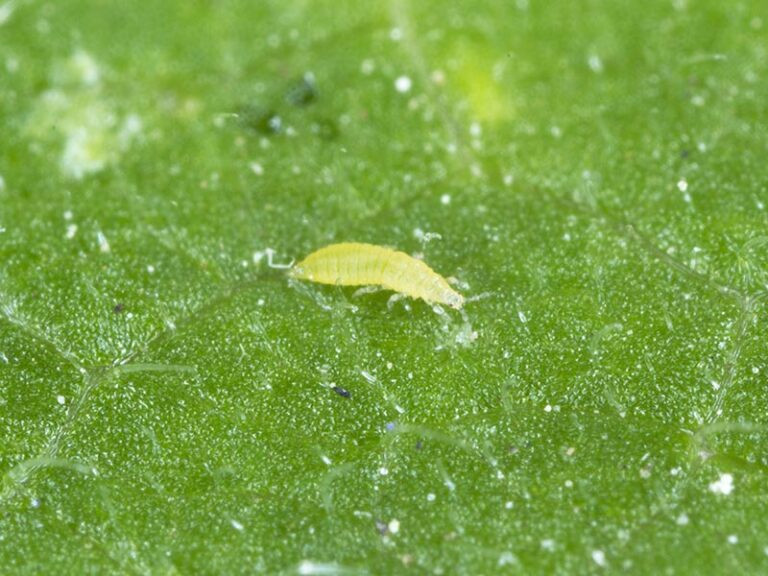In the realm of agriculture, herbicides play a pivotal role in managing unwanted vegetation and ensuring crop health. As experts in the field, we recognize the significance of a well-informed approach to herbicide classification. This article serves as a comprehensive guide to herbicide classification, shedding light on the intricacies that empower farmers and agricultural enthusiasts alike.
Herbicides: Unraveling the Basics
Defining Herbicides
Herbicides, in essence, are chemical substances designed to control or eliminate undesirable plants. Their classification stems from distinct properties and modes of action, contributing to a nuanced understanding of their applications.
Classification Criteria
Chemical Structure
One fundamental criterion for herbicide classification lies in their chemical structure. Understanding the molecular composition allows farmers to choose herbicides tailored to their specific needs. Categories such as phenoxys, triazines, and acetanilides each have unique characteristics that impact their effectiveness.
Mode of Action
The way herbicides interact with plants forms another crucial aspect of classification. Herbicides can be categorized based on their mode of action, including contact herbicides that affect the plant upon direct application and systemic herbicides that are absorbed and translocated within the plant.
Selective vs. Non-Selective Herbicides
Selective Herbicides
TSelective herbicides target specific types of plants while sparing others, offering precision in weed control. This classification is particularly valuable in maintaining crop integrity by eliminating unwanted vegetation without harming the desired plants.
Non-Selective Herbicide
On the other hand, non-selective herbicides are broad-spectrum, affecting a wide range of plants. While potent, they require careful application to avoid unintended damage to valuable crops.
Herbicide Classification Demystified
Grouping Based on Target Weeds
Broadleaf Herbicides
Broadleaf herbicides excel in combatting broadleaf plants, offering a specialized solution for crops susceptible to this type of weed. The effectiveness of these herbicides lies in their ability to selectively target and control broadleaf intruders.
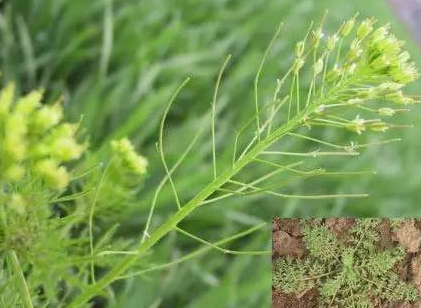
Grass Herbicides
For crops plagued by invasive grasses, grass herbicides prove indispensable. Their classification ensures tailored protection against grassy nuisances, preserving the health and vitality of the cultivated plants.
Sedge and Rush Herbicides
In wetland or aquatic environments, the need for sedge and rush herbicides arises. These specialized classifications address the unique challenges posed by these types of unwanted vegetation.
Persistence and Residue Considerations
Understanding the longevity of herbicides in the soil and the potential for residue is crucial for sustainable agriculture. Residual herbicides persist in the soil, providing prolonged weed control, while non-residual herbicides break down more rapidly, allowing for flexibility in crop rotation.
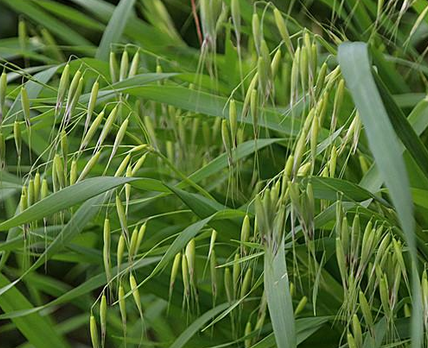
Best Practices for Herbicide Application
Precision and Timing
Achieving optimal results with herbicides requires precision and impeccable timing. Farmers must align herbicide application with the growth stages of target weeds, maximizing the effectiveness of the chosen herbicide.
Integrated Weed Management
Incorporating herbicides into a holistic Integrated Weed Management (IWM) approach enhances overall efficacy. Combining chemical control with cultural and mechanical methods ensures a balanced and sustainable strategy for weed management.
Conclusion
In the complex landscape of herbicide classification, a nuanced understanding empowers farmers to make informed decisions for their crops. By considering factors such as chemical structure, mode of action, and selectivity, individuals in the agricultural sector can tailor their weed management strategies for optimal results.

